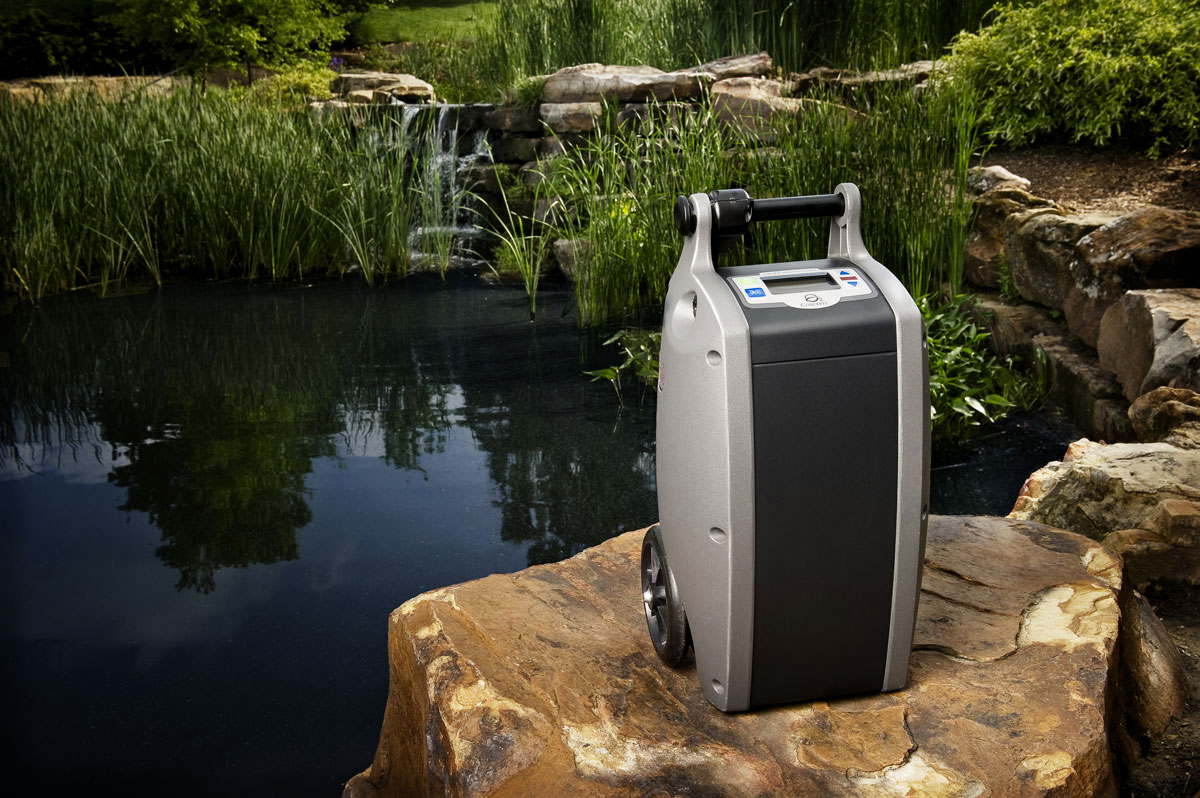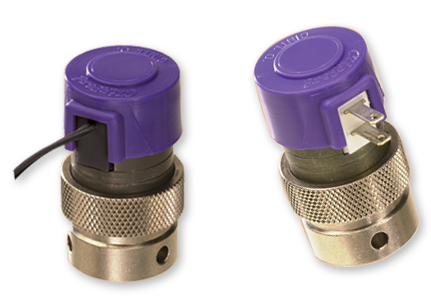Portable Oxygen Concentrators Are In Demand
According to a recent study conducted by Wintergreen Research, the worldwide market for portable oxygen concentrators is expecting continued growth through 2019. This in part due to the baby-boomer population and the need for homecare oxygen therapy. Plus, the number of manufacturers and model choices have increased substantially over the past decade.
This increased need has been the catalyst for improvement in the technology and the demand for portability. Well known as the generation that likes to move about, baby boomers are not satisfied to stay at home next to an oxygen tank; thus, the demand for portability. And, as weight decreases and battery life increases on these units, there seems to be no limit on mobility today.


In addition to mobility, portable oxygen concentrators are much safer than using traditional oxygen tanks. Basically, they eliminate the possibility of leaks which can cause fires and or explosions. And because of this, POC's are approved by the FAA and accepted on most domestic and international flights. Other common places for use are emergency rooms, military field operations, and certain industrial applications. Industrial application concentrators are not approved by the Food and Drug Administration for medical use.
There are several companies who now manufacturer POCs. O2-Concepts, whose factory is located in Newtown, CT, is one of the more recognized names. Their Oxlife Independence portable unit offers both continuous flow (1-3 LPM) and pulse mode settings (0.5-6).
Pulse-dose technology is a relatively new development in oxygen therapy that is incorporated in most new oxygen concentrators. Traditionally, oxygen concentrators have provided a continuous supply of oxygen regardless of whether the patient was inhaling or exhaling. A pulse-dose system delivers oxygen in fixed increments that correspond to the inhalation component of a patient's breathing cycle. In doing so, pulse-dose technology prevents oxygen from being wasted and increases efficiency of an oxygen concentrator. Pulse-dose technology is particularly important in portable oxygen concentrators, which have limited storage.
The typical oxygen concentrator consists of an air compressor, two cylinders filled with zeolite pellets, a pressure equalizing reservoir, valves and tubing. Normal room air is approximately pumped into a cylinder where the nitrogen and carbon dioxide are absorbed by the pellets and 90%+ pure oxygen is pumped into a reservoir. As the oxygen is depleted in one cylinder, it then releases the nitrogen back into the air. At this time the other cylinder goes through the same process. Together, they create an alternating flow of oxygen into the reservoir where it stays until the user breathes.
According to Rob Kent, President, O2-Concepts, "the Oxlife Independence is unique due to it's patented Energy Smart Absorption (ESA) technology. This technology utilizes multiple reservoirs to yield higher purities and flow volumes at lower energy levels. One of O2-Concepts newest offerings is it's Dynamic Network Analysis (DNA) technology. We will be utilizing Verizon® modems on all units to leverage real-time date." This new offering features many new benefits which can be seen at: o2-Concepts.com.dna/technology
"Clippard's EVP electronic valve is critical to making our ESA technology work by balancing the loads between the reservoirs. Highly reliable components like this valve make our unit the most reliable on the market." says Rob. "Since using the Clippard valve, they've seen much better results in final inspection; they are now getting a consistent regulated flow and are no longer tackling issues from lot to lot. With the Clippard valve, we have a valve that is very consistently manufactured and can hold the tolerances we need."
Clippard's EVP series Proportional Control Valves combine the features of the existing EV Series valve—long life, low power, and Clippard's reputation for high quality components—with the additional capability of proportional control. This series provides air or gas flow control, and varies the output flow based on the current input to the solenoid. The consistent gain of this valve provides a high degree of control for many applications. The reliability of the EV series of valves, with over a billion cycles, has long been a designer's choice. The EVP valve is designed for analytical instruments, blood pressure monitoring, precise pressure control, patient simulators, gas flow controllers, mass flow control, gas chromatography, respirators, ventilators and many more.
|
|
||||
EVP Series |
||||





